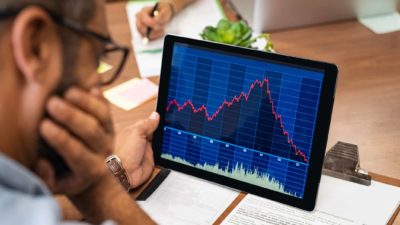The pressure will be on the Reserve Bank of Australia to cut rates further next month after its U.S. counterpart made another emergency cut to interest rates.
This morning the U.S. Federal Reserve held an emergency meeting and announced that it is dropping its benchmark interest rate to zero and launching a new round of quantitative easing.
Why did the U.S. Federal Reserve cut interest rates?
The central bank explained: "The coronavirus outbreak has harmed communities and disrupted economic activity in many countries, including the United States. Global financial conditions have also been significantly affected."
"Although household spending rose at a moderate pace, business fixed investment and exports remained weak. More recently, the energy sector has come under stress. On a 12‑month basis, overall inflation and inflation for items other than food and energy are running below 2 percent."
To combat this the Fed advised that it would "increase its holdings of Treasury securities by at least US$500 billion and its holdings of agency mortgage-backed securities by at least US$200 billion" and "lower the target range for the federal funds rate to 0 to 1/4 percent."
How long will rates stay this low?
The Federal Reserve revealed that it is prepared to maintain this target range until it is confident the U.S. economy has weathered recent events and is on track to achieve its maximum employment and price stability goals.
It believes this action will help support economic activity, strong labour market conditions, and inflation returning to its 2% objective.
Will the Reserve Bank cut rates next month?
Unfortunately for the net interest margins of Commonwealth Bank of Australia (ASX: CBA) and the rest of the big four banks, the market is pricing in a 100% probability of a rate cut to 0.25% at the Reserve Bank's April meeting.
At this stage the market expects the cash rate to remain at 0.25% for the foreseeable future, but things could change once it absorbs this latest news from Washington.
So, now could be a good time to consider switching out of term deposits and savings accounts into the many high-yielding dividend shares on offer on the local share market.








